[3/4/200]3 - Jazzreviews.com review of Suite for New York
D.D. Jackson has taken his artistic ambitions to a higher level with the release of Suite for New York. After gradually building a solid reputation as a jazz pianist with his own style, often consisting of constellations of notes formed by aggressively percussive adjacencies, Jackson now is pursuing his compositional goals. One of his first results is Suite for New York, which grew gradually from one track on his solo CD, …so far, and then gained momentum after 9/11. Because Jackson grew up in Ottawa, his perspective on New York City is like that of many others who decided to move there to realize their dreams…or to attempt to do so.
In Jackson’s case, he did realize many of those dreams, and he has chosen to make New York City his home. However, Jackson’s pursuit of those dreams forms the context for most of the themes on the CD. Tracks receive titles like “Hopes and Dreams.” Or David Gonzalez’ poem captures the immensity of a city that contains “Eight Million Dreamers.” And thus, the allure of New York remains as it provides opportunity, or a second chance, for those who dare to risk it.
Jackson’s decision was to write a suite about the city, and it consists of 11 movements in sequence, from the “First Invocation” of Jackson’s solemn and subdued descriptions on piano, to the “Awakening,” consisting of fluttering flutework and shimmering cello, before the city does awake to cacophony. And in this respect, Jackson’s work is reminiscent of what Mingus did with dissonance when his works imitated the street sounds outside the venues where he performed.
Continuing the suite with additional impressions of New York, including “The Barrio” to describe the Latin influence on the city and “BQE” to suggest the speed and chaos of the Brooklyn-Queens Expressway, Jackson brings the diversity of the city together on the final track. “Towers of Light” recalls the beacons that were installed briefly less than a year after the September 11 attacks to eerily commemorate the two buildings that arose from the same sites. Bringing together all of the threads of the suite for resolution, Jackson repeats the motive that he introduced with the “First Invocation.” Without rhythm to ground their playing, the horn players break apart in free improvisation before a final statement of the theme.
Cannily, Jackson includes members in his group who normally don’t record on U.S. jazz labels. For that reason, some of the musicians--like Canadian baritone saxophonist David Mott, sounding more like a Frank Hittner than a Gerry Mulligan, on “The City: Central Park Promenade”--immediately capture the listener’s attention from the force of their solos. Trombonist Tom Walsh, from Montreal, is equally effective in creating a personalized sound whenever he performs.
The one person who isn’t often in the spotlight on this CD is Jackson, whose intent this time is to present the totality of his conception, which consists of multiple parts, rather than an individual performance. As Jackson moves beyond his role as jazz pianist and into the position of impressionistic composer, his career moves to a higher level that will characterize Jackson as one of his generation’s most important jazz artists
- Don Williamson, Jazzreviews.com
